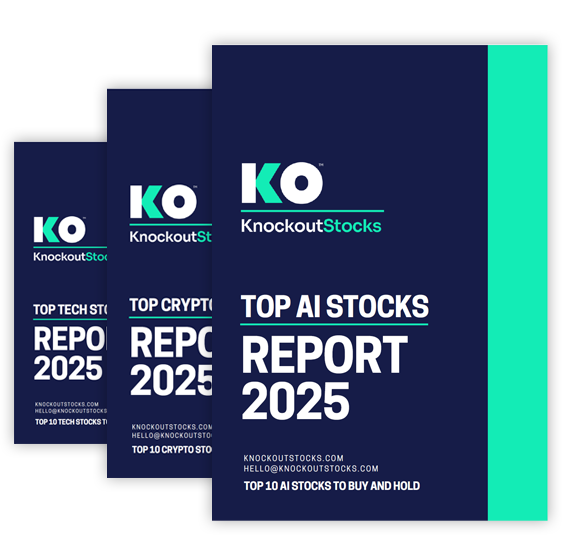TLDR
- SMQKE published a detailed post comparing Ripple’s RLUSD with Circle’s USDC.
- The XRP Ledger integrates both the blockchain and the RLUSD stablecoin in one system.
- RLUSD offers lower transaction fees and faster processing times than USDC on Ethereum.
- RLUSD received favorable evaluation for regulatory alignment and reserve transparency.
- Circle recently added USDC to the XRP Ledger which confirms its technical advantages.
Ripple’s RLUSD continues to gain traction as a native stablecoin on the XRP Ledger (XRPL), strengthening its institutional utility. Researcher SMQKE released a comparative post addressing confusion between RLUSD and third-party stablecoins like USDC. The post highlights four technical and operational advantages that position Ripple’s solution ahead in blockchain payments.
RLUSD Combines Ledger Control and Stablecoin Functionality
The XRP Ledger delivers a unified infrastructure, integrating both the blockchain rails and the RLUSD stablecoin within a single ecosystem. Ripple develops and maintains both the ledger and the token, reducing institutional reliance on third-party infrastructure. This vertical integration provides a native solution that improves operational efficiency for value transfer.
In contrast, Circle issues USDC but depends on external blockchains such as Ethereum, Solana, and now the XRP Ledger. Although USDC is interoperable across multiple chains, Circle lacks direct control over those blockchain environments. Therefore, Ripple’s full-stack model using XRP Ledger ensures a more streamlined and secure approach to institutional settlements.
Dave Portnoy Part 2.
Many still confuse a stablecoin like USDC with a native asset like XRP. These four pieces of evidence clearly show why the XRPL solution using RLUSD is superior to USDC’s tech stack:
1. USDC relies entirely on third-party blockchains. The first document… https://t.co/2SZLysZlDg pic.twitter.com/vbgQGav5bp
— SMQKE (@SMQKEDQG) July 25, 2025
This native pairing of RLUSD and XRP Ledger also simplifies compliance and integration for financial institutions. It removes the need for multiple intermediaries and allows end-to-end management of digital asset flows. The result is a cohesive and controlled network, optimized for regulated financial services.
XRP Ledger Lowers Transaction Costs Compared to USDC Networks
The XRP Ledger supports near-instant settlement speeds and minimal transaction fees for digital assets, including RLUSD. SMQKE’s supporting data shows that transactions on the XRP Ledger finalize in three to five seconds at fractions of a cent. This speed and cost advantage is a key differentiator for institutional cross-border payments.
In contrast, USDC often relies on Ethereum, where fees remain high and volatile due to network congestion and market conditions. Even though USDC now operates on faster networks, its primary ecosystem still includes chains with elevated gas costs. Thus, the XRP Ledger provides more predictable and cost-effective settlement performance.
Additionally, the XRP Ledger benefits from built-in interoperability and deflationary token mechanics, enhancing its cross-chain usability. These features offer added utility in global financial environments where multi-chain support is critical. As a result, RLUSD on the XRP Ledger is more adaptable in enterprise-grade financial operations.
RLUSD Aligned with Institutional Compliance and Risk Standards
The Anchorage Digital report reviewed multiple stablecoins, including RLUSD, based on regulatory oversight and reserve transparency. It placed RLUSD in a high-compliance category, noting its alignment with institutional governance and clear reserve disclosures. These traits increase RLUSD’s credibility for regulated financial partners.
Meanwhile, the report raised structural concerns about USDC’s risk buffers in volatile markets. Although reserves back USDC, the reliance on third-party chains introduces added complexity and potential vulnerabilities. Therefore, RLUSD’s design and regulatory posture better support institutional use cases.
Ripple’s control over XRP Ledger and RLUSD allows more precise risk management and compliance mechanisms. Financial institutions benefit from native integration with a ledger designed for regulatory compatibility. This level of control is unmatched by third-party token issuers operating across multiple external platforms.
XRP Ledger Gains Support While Retaining Native Advantage
Circle recently announced native support for USDC on the XRP Ledger, expanding its presence across blockchain networks. The announcement emphasized enterprise payments, DeFi use, and general financial applications within the XRP Ledger environment. However, SMQKE noted that this move validates XRP Ledger’s technical strengths.
While Circle extends USDC to the XRP Ledger, it still relies on other networks for core operations. Ripple, by contrast, built RLUSD directly into the XRP Ledger, eliminating the need for external issuers or infrastructure. This native approach strengthens Ripple’s position in enterprise-grade blockchain ecosystems.






